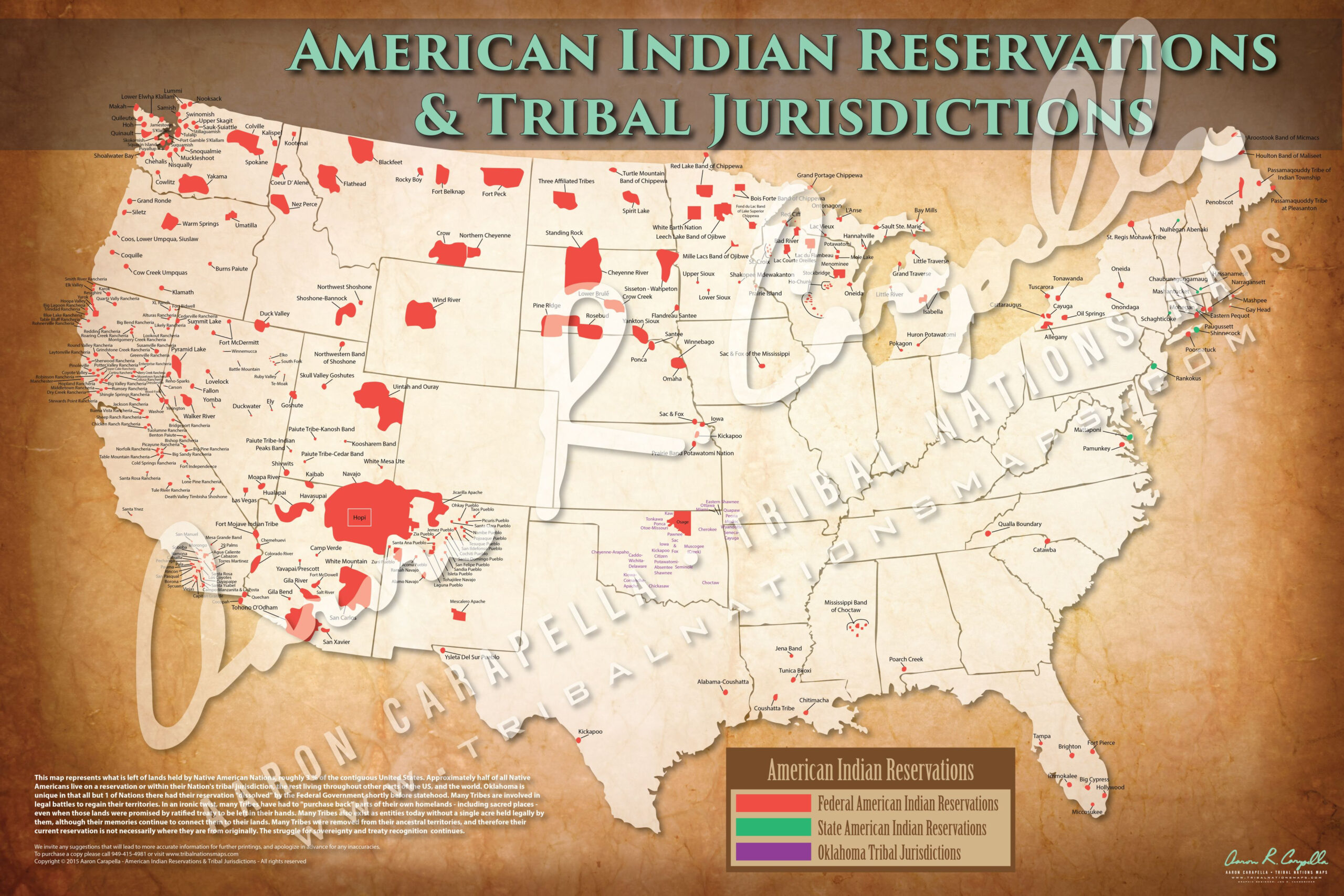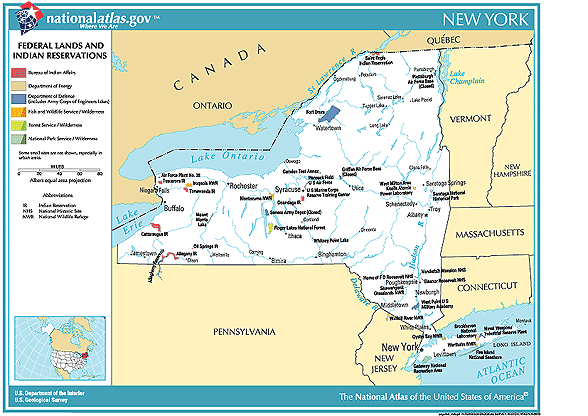Unveiling New York’s Hidden Worlds: A Guide to the State’s Indian Reservations
Unveiling New York’s Hidden Worlds: A Guide to the State’s Indian Reservations

New York State, known for its bustling metropolis and iconic skyline, holds a fascinating secret: a network of vibrant and culturally rich Indian reservations scattered across its diverse landscape. These reservations, home to over 70,000 Native Americans, offer a glimpse into a history deeply intertwined with the state’s past and present. But finding them on a map can be like searching for a needle in a haystack.
This article will serve as your guide, uncovering the hidden treasures of New York’s Indian reservations. We’ll delve into the history, culture, and unique offerings of each reservation, providing a map and resources to help you explore these vibrant communities.
Related Articles: Unveiling New York’s Hidden Worlds: A Guide to the State’s Indian Reservations
- Unveiling the Enigmatic Landscape: A Journey into California's Indian Reservations
- California’s Hidden Worlds: Exploring The State’s Native American Reservations
- From Reservation To Revival: How A Classic Song Is Reclaiming Its Power
- Unveiling the Hidden Gems of the Hoopa Indian Reservation
- Unveiling the Enriching Legacy of Native American Tribes in Boulder, Colorado
A Tapestry of Tribes: Understanding New York’s Indigenous Heritage
New York’s Indian reservations are home to a diverse array of tribes, each with its own unique history, language, and traditions. From the Haudenosaunee Confederacy, known as the Six Nations, to the Algonquin tribes of the east, the state’s indigenous heritage is a testament to the resilience and adaptability of its people.
The Six Nations: Guardians of the Iroquois Confederacy
The Six Nations, consisting of the Mohawk, Oneida, Onondaga, Cayuga, Seneca, and Tuscarora, have long been revered for their political and cultural influence. Their confederacy, established centuries ago, served as a model of governance and diplomacy, influencing the development of the United States Constitution.
-
The Mohawk: The Mohawk Nation, known for their fierce warriors and skilled craftspeople, reside on the Akwesasne Reservation, straddling the border of New York, Ontario, and Quebec. Their intricate beadwork and traditional longhouses are testaments to their rich artistic heritage.
-
The Oneida: The Oneida Nation, known for their role in the American Revolution, reside on the Oneida Indian Nation Territory, located in central New York. They are renowned for their commitment to education and economic development, with successful enterprises ranging from casinos to golf courses.
-
The Onondaga: The Onondaga Nation, considered the "keepers of the fire" within the Iroquois Confederacy, reside on the Onondaga Reservation, located near Syracuse. Their deep connection to the land is evident in their traditional ceremonies and stewardship of the environment.

-
The Cayuga: The Cayuga Nation, known for their resilience and adaptability, reside on the Cayuga Reservation, located in the Finger Lakes region. Their cultural traditions are deeply rooted in agriculture and the natural world, with a strong emphasis on family and community.

The Seneca: The Seneca Nation, known for their strong sense of community and cultural pride, reside on three reservations: Allegany, Cattaraugus, and the Tonawanda Reservation. Their traditional games, dances, and storytelling are a vibrant part of their cultural identity.
-
The Tuscarora: The Tuscarora Nation, known for their skilled artisans and farmers, reside on the Tuscarora Reservation, located in western New York. Their intricate pottery, basketry, and traditional dances are a testament to their rich artistic heritage.

Beyond the Six Nations: Discovering New York’s Other Indigenous Communities
While the Six Nations are the most prominent tribes in New York, the state is home to several other indigenous communities, each with its own unique story.
-
The Algonquin Tribes: These tribes, including the Lenape, Montauk, and Shinnecock, once inhabited the eastern portion of the state. While their numbers have dwindled over time, they continue to preserve their cultural heritage through traditional ceremonies, storytelling, and language revitalization efforts.
-
The St. Regis Mohawk Tribe: This tribe, located on the Akwesasne Reservation, shares a unique history and cultural identity with the Mohawk Nation. They have played a significant role in the development of the reservation, promoting economic growth and cultural preservation.
Exploring the Reservations: A Journey of Discovery
Visiting New York’s Indian reservations is an opportunity to immerse yourself in a rich tapestry of history, culture, and tradition. Here are some of the highlights you can experience:
-
Cultural Centers and Museums: Many reservations offer cultural centers and museums that showcase the history, art, and traditions of their people. You can learn about their language, clothing, food, and traditional crafts, gaining a deeper understanding of their cultural heritage.
-
Gaming and Entertainment: Several reservations operate casinos and entertainment venues, offering a fun and exciting experience for visitors. These enterprises provide economic opportunities for the tribes and contribute to their overall development.
-
Outdoor Recreation: Many reservations boast stunning natural beauty, with forests, lakes, and rivers offering opportunities for hiking, fishing, boating, and other outdoor activities. You can enjoy the tranquility of nature while learning about the importance of environmental stewardship to indigenous cultures.
-
Traditional Arts and Crafts: The artistry of New York’s indigenous communities is truly remarkable. You can find handcrafted items like beadwork, pottery, basketry, and jewelry at local shops and craft fairs. These items are not only beautiful but also represent the skills and traditions passed down through generations.
-
Festivals and Events: Reservations host a variety of festivals and events throughout the year, celebrating their cultural heritage and traditions. From powwows to art shows, these events offer a unique opportunity to witness the vibrancy of indigenous culture firsthand.
Navigating the Reservations: A Map to Your Journey
Finding the reservations on a map can be challenging, as they are often scattered across the state and not always easily identifiable. We’ve compiled a comprehensive map, available on our website, that highlights the location of each reservation, making it easier for you to plan your exploration.
The Importance of Respectful Travel
When visiting any reservation, it’s crucial to remember that you are entering a sovereign nation with its own laws, customs, and traditions. Respectful behavior is essential, and it’s always a good idea to learn about the specific customs and etiquette of the tribe you’re visiting.
-
Dress Appropriately: Avoid wearing clothing that may be considered offensive or disrespectful, such as revealing attire or clothing with offensive imagery.
-
Be Mindful of Language: Use respectful language and avoid using offensive terms or stereotypes.
-
Seek Permission: If you wish to photograph or film on the reservation, ask for permission from the tribal authorities.
-
Respect Cultural Practices: Observe traditional ceremonies and events with respect and avoid interrupting or interfering.
-
Support Local Businesses: Purchase goods and services from local businesses, helping to support the economic development of the reservation.
FAQs About New York’s Indian Reservations
Q: Are Indian reservations open to the public?
A: Most reservations welcome visitors, but it’s always a good idea to check with the tribal authorities for specific guidelines and regulations.
Q: What are the best ways to learn about the history and culture of the reservations?
A: Visiting cultural centers, museums, and attending traditional events are great ways to learn about the history and culture of the reservations. You can also read books, watch documentaries, and engage with local tribal members.
Q: Are there any special considerations for visiting reservations?
A: It’s important to be respectful of tribal customs and traditions, and to avoid any behavior that may be considered offensive. Always seek permission before taking photographs or filming, and be mindful of language and attire.
Q: How can I support the economic development of the reservations?
A: Supporting local businesses, attending events and festivals, and purchasing handcrafted items are all great ways to contribute to the economic development of the reservations.
Q: Are there any resources available for learning more about the reservations?
A: Several websites and organizations provide information and resources on New York’s Indian reservations. You can also visit the websites of the individual tribes for more information about their specific cultural practices and events.
Conclusion: A Journey of Discovery and Understanding
Exploring New York’s Indian reservations is an enriching and eye-opening experience. These communities offer a glimpse into a rich tapestry of history, culture, and tradition, providing a unique opportunity to connect with the state’s indigenous heritage. By embracing respect, curiosity, and an open mind, you can embark on a journey of discovery and understanding, appreciating the vibrant and resilient spirit of New York’s Indian reservations.

Closure
Thus, we hope this article has provided valuable insights into Unveiling New York’s Hidden Worlds: A Guide to the State’s Indian Reservations. We thank you for taking the time to read this article. See you in our next article!